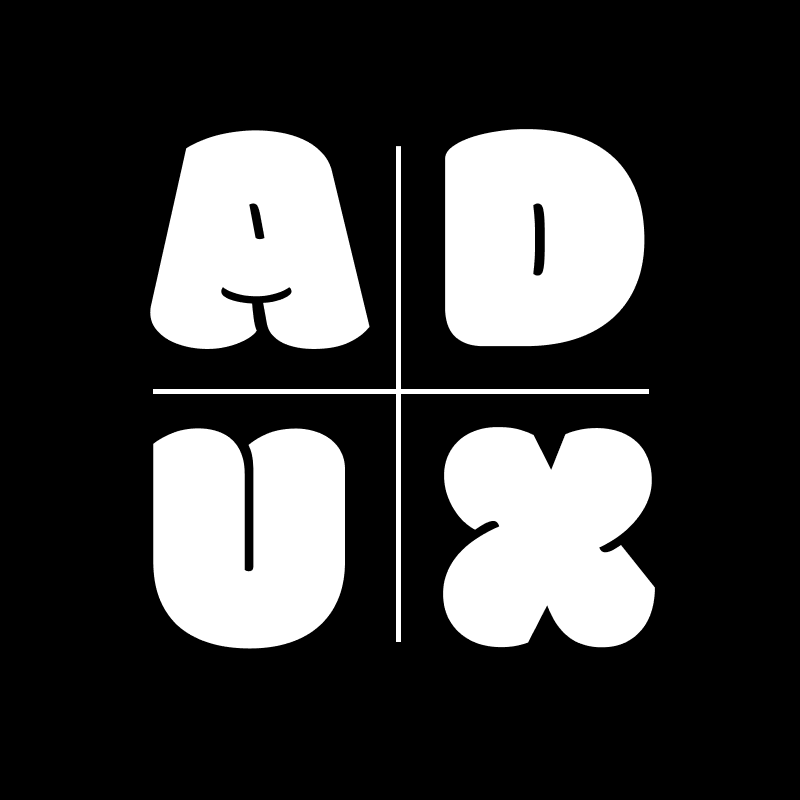Inspiration
Think about the last time you tried to download a fitness app. Odds are, you were met with a lot of options. With over 320,000 digital health apps available, mobile users can become overwhelmed by choice and about 71% end up dropping out of app based fitness programs within the first 3 months.
While fitness apps can attract new users and generate high overall downloads through the utilization of gamification, novel experiences, and behaviour change strategies, the research in this project has identified that these apps struggle to keep users engaged and using the app beyond the first 1-3 months. This project seeks to understand more about how gamification in fitness apps can be improved and how knowledge from game design and player-styles / personality types can be leveraged into creating a fitness program designed to motivate and engage specific users towards completing a fitness goal.
Process
This project happened in 3 phases. The first phase consisted of heavy research. First in the form of a literature review, and then in the form of an independent study ran on Surveymonkey.
The next phase focused on consolidating research and creating a prototype of a fitness experience designed to keep user engagement at every point of the process.
Finally, the prototype underwent unmoderated user testing via usertesting.com. This gave me a chance to evaluate my prototype and re-valuate my hypotheses.
Research
The focus of the research was on
1. Why do fitness apps struggle to keep users engaged?
2. What tactics are these apps using?
3. How can they be improved?
In short - there is an over-reliance on gamification. Relying only gamification doesn’t just fail to engage players; they can actually damage existing interest or engagement with the service or product itself
Part of the issue is not designing gamification elements in the context of a full game. Gamification in isolation cannot keep users motivated.
The PNRC model demonstrates a closed loop between rewards offered in a game and the motivation associated with it.
More importantly, what research has shown was that there is a growing concern with gamification being treated as a one-size-fits-all approach.
The Hexad Model is a gamification user types model created to capture user’s motivations and different styles of interaction with gameful systems. Researchers have been using this to map user play styles to gamification tactics and study the specific types of strategies different players prefer.
Researchers found that the "Player" and "Socializer" archetype were the most responsive to the various persuasive strategies and also had the least negative reactions as well.
For the purpose of this project, my design would focus primarily on the Player, and would have a secondary focus on the Socialiser.
To further my research, I ran a study on Surveymonkey to further understand user's moods towards fitness apps and what types of thinks they expect to see.
Majority of users admit to being willing to try a fitness game
Highest cited reasons for wanting to download a fitness app were (1) Inspiration, (2) curiosity, (3) keep workouts fun
Highest cited reason for what user’s felt would serve them best in a fitness app were: (1) Keeping workouts fun, (2) home workout inspiration, (3) set clear goals
Design
Flushing out the design would follow the User Centred Design Process
Design for the project would be done via Figma. This was chosen because of how easy it is to integrate assets, rapidly prototype, and also create smooth prototypes that can be played in the browser.
The game would be a 2D, RPG like game, with hand drawn illustrations (courtesy of Steven Colling). Furthermore, To keep things simple for prototyping, Google's Material UI was used as well as Evericons



Prototyping
A link to the prototype can be found here: https://www.figma.com/proto/oP0l3flUKIfjG6KT5PflsF/Game-WIP?node-id=68%3A566&viewport=129%2C243%2C0.07091452926397324&scaling=scale-down
Testing was done with 3 users via usertesting.com. The prototype features an onboarding process, as well as a tutorial, followed by an example of early level design.
Walk, eat, and sleep in the real world — explore a dangerous world in another!
How it works
1. Begin your Adventure
Choose your starting character class, and enter some information about you. This lets the game create a dynamic world based on you. Depending on your activity level, and goals, the game’s rewards will change. You can be at any fitness level to start playing and have fun.
2. Take Advantage of Smart Tracking
Kalory Island is designed to take the quantitative data acquired by your smartphone and use it to engage the player in unique gameplay. The actions the player takes in the real world affects their progress in the game.
Walking in the real world earns an in-game currency used to upgrade gear and progress through levels. The macronutrient profile of meals eaten in the real world and then logged in the game could be used to provide certain combat buffs that could help against a stronger enemy.
Similarly, gameplay is affected when the game knows you would typically be asleep based on auto logged sleep patterns. Through repackaging the information that may already be tracked by your phone, Kalory Island offers a novel experience to get active and have fun.
3. Play
At its heart, Kalory Island is designed to feel like an old-school RPG. Experience turn based combat, a level system, side quests, and worlds to explore. Your goal is to explore the depths of the game’s island and find the treasures deep within.
Presenting my work at the 2020 NeoNormal Conference
I had the unique opportunity to discuss my research and game at the NeoNormal conference hosted by the Digital Media program
Whats next?
I am currently in the process of building Kalory Island as a cross platform mobile application!

